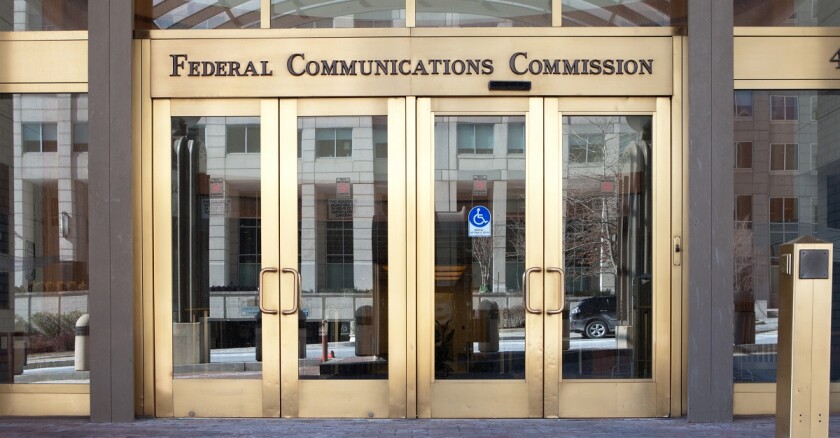The current definition, 25 Mbps download speed/3 Mbps upload speed, was set by the Federal Communications Commission, led by former FCC Chairman Tom Wheeler, in 2015. In an official statement, Wheeler noted that the previous standard, 4 Mbps/1 Mbps, had been established in 2010 and that “consumer behavior and the marketplace has changed.”
Five years after the 2015 revision, life as Americans know it has changed. Joe Freddoso, chief operating officer of broadband consulting company Mighty River, believes the uncertain state of the world points to a need to redefine broadband again.
“We’re all hoping for vaccines and therapeutics that will happen and turn the world back to what we were used to before, interacting face to face,” Freddoso said. “But I think we’ve always got to be prepared … and that means scalable broadband.”
Freddoso said the 3 Mbps upload part of the definition seems especially behind the times, now that households are more likely to have multiple instances of two-way communication occurring at the same time.
“The requirements of a household have things happening in tandem with one another,” Freddoso observed. “There’s education going on. There’s work going on. There’s potentially entertainment and gaming. There’s potentially a telehealth session.”
“The county folks and state folks that I talk to view 25/3 as an absolute minimum,” he added. “That would be a minimal service they would expect for a constituent who didn’t have simultaneous demands on the Internet.”
Scott Wallsten, president and senior fellow at the Technology Policy Institute, studies what consumers are willing to pay for when it comes to broadband. He said whether someone needs service to surpass the 25/3 threshold remains an open question based on the individual. Wallsten’s research shows that consumers are generally willing to pay for a download speed of 50 Mbps. Beyond that, the willingness to pay decreases.
Internet speed isn’t the only thing that consumers care about when it comes to broadband, Wallsten said. Competitive gaming, for example, requires lower latency, so gamers may put more emphasis on lower latency than on higher speeds.
Although the 25/3 definition might be “increasingly irrelevant” because of how people value Internet service in different ways, Wallsten said the FCC was right when it decided to prioritize both higher speed and lower latency for the upcoming Rural Digital Opportunity Fund auction.
Wallsten added that he doesn’t know how COVID-19 has impacted consumer demands for broadband, but he looks forward to doing research on the topic.
“We’ll see,” Wallsten said. “It’s possible that we’re going to see a shift in the demand curve one way or another because of this. We won’t know that for a while.”
Jonathan Chambers, a partner with Conexon, said the 25/3 definition represented what “the telephone industry told the federal government it was capable of delivering with digital subscriber line.”
Similar to Wallsten, Chambers doesn’t view broadband as a one-dimensional term that only involves speed.
“I have never agreed, and this includes when I was head of the FCC’s Office of Strategic Planning, that broadband should be defined in terms of speed,” Chambers said. “I’ve been in the broadband industry since it started. The very first broadband is what the cable companies I worked for in the 1990s started building. There were attempts back then to define things in terms of speed. Mostly then, broadband meant not dial-up.”
Chambers described the 25/3 threshold as more of a “negative definition,” given that technology, such as a fiber-optic network, can offer far greater speeds. He said 25/3 is too low of a bar for spending tax dollars.
“It’s a bad choice for the government to keep buying substandard service,” Chambers said. “It’s the reason why rural America was unprepared for the COVID-19 crisis.”
Will Rinehart, senior fellow at the Center for Growth and Opportunity at Utah State University, doesn’t anticipate the FCC under the Trump administration to change the definition. However, he would predict pushback from some members of the broadband industry if the FCC proposed to increase the speed requirements.
In particular, if a new definition involved symmetrical download and upload speeds, it could raise complaints about a lack of tech neutrality, as fiber systems tend to be the most adept at providing symmetrical speeds.
“I think it would become an interesting and somewhat big fight,” Rinehold said.
Government Technology reached out to the FCC on the issue, but a spokesperson declined to comment.









